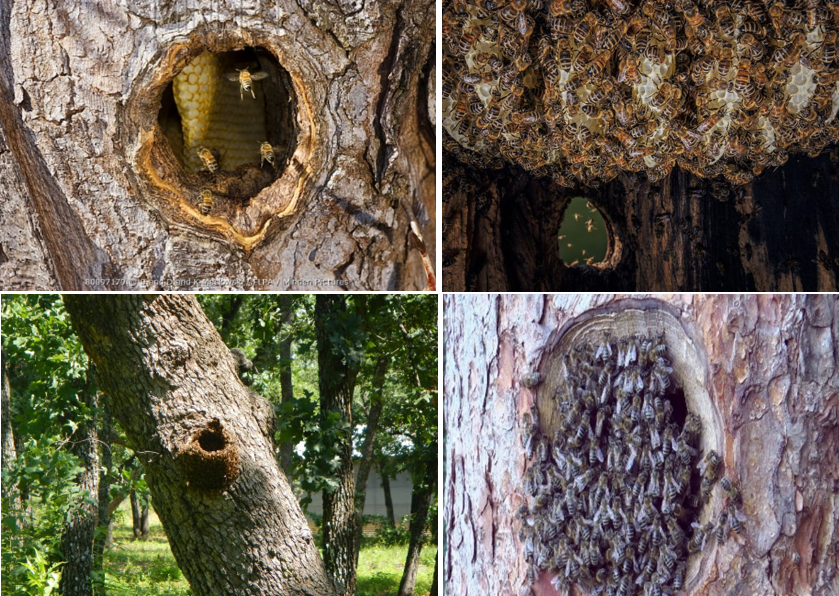Langstroth’s “Intelligent Cultivator” Part 5 of 7 – Summer Heat
- Posted
Summer Heat
The worldwide distribution of honeybees and their fast propagation to new areas rests on their ability to keep up optimal ‘tropical conditions’ in their brood nest both in the cold and in the heat to achieve thermal constancy of 34–36°C/93–97°C. Honeybee colonies behave like ‘superorganisms’ where individuals work together to promote reproduction of the colony. Social cooperation has developed strongly in thermal homeostasis, which guarantees a fast and constant development speed of the brood. In so doing honeybees strive to first stabilize brood temperature and secondly air temperature.
When environmental temperature changes, heat production is adjusted both by regulation of honeybee density due to migration activity within the colony and by the degree of endothermy. Overheating of the brood is prevented by cooling with water droplets and increased fanning, which start already at moderate temperatures where heat production and honeybee density are still at an increased level. This interlaced change and onset of different thermoregulatory behaviors guarantees a gradual and graded adaptation of individual behavior to stabilize the temperature of the brood.
This is different to the winter season without brood where it is not so much the brood core temperature but the temperature of the surface honeybees which the core honeybees must take care of, to prevent them of falling off the cluster. If honeybees cool below the limiting temperature of about 10°C/50°F their respiration and muscular function fail. In the summer honeybees maintain a lower air temperature in the space between the combs, kept below 35.5 °C on average, guaranteeing a heat flow out of the comb. This is necessary, because the brood in the comb cells has no possibility to decrease its metabolism below the standard level. It is the adults who must take care of this heat flow at high environmental temperatures, to lead off the metabolic heat of larvae and pupae to prevent overheating. Honeybees use a combination of behaviors to adjust brood heat such as fanning which is one of the first things they begin doing, reducing ectothermic adult (<~2days old) honeybee density (spreading out or off the brood cells) which increases space for heat flow and reduces passive heat production, bearding on the outside which may reduce heat flow ‘into the colony’ and act as a ‘heat shield’, and the application of water droplets to increase cooling (water will absorb a relatively large amount of heat which is drawn from the surface it’s in contact with and the surrounding air in order to evaporate) lowering the temperature of the air and increasing humidity. Studies show that water gathering can begin at an internal environment temperature of 29°C/84°F or even lower if the hive is sitting in the sun. They also show that mechanisms of colony heating and cooling overlap in a broad environmental temperature range. Several strongly interlaced regulatory mechanisms and passive effects prevent cooling or overheating of the brood. Starting points of different regulatory behaviors vary considerably.
The individual honeybees are the sensory and regulatory units which are distributed all over the colony. Since air temperature between the combs is not constant but may fluctuate considerably over time the honeybees need time to sense and to integrate temperature changes, and to react properly. Quick swings in internal temperatures caused by enclosures with high thermic conductivity induce stress to the colony with their delayed reactions to address the situation in an appropriate and timely manner before it causes damage to the colony and/or brood.
